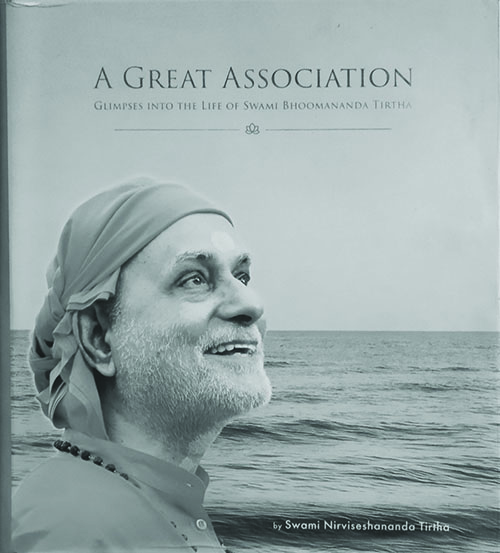To label this book the biography of a spiritual figure would be a misnomer. On the contrary, it is an inner exploration into a universalism that transcends caste and creed and therefore religion in our conventional understanding of the term. To anyone who has read the life and teachings of the medieval saint-poet Kabir, a biography of this sort would appeal strongly. It is far from hagiographical but records the travails and eventual inner triumph of a true seeker who is a great social reformer.
I would like to begin with a quotation from this rational saint: ‘God is a concept of the human mind. The temples are erected by human beings. The idol is carved out of stone or wood or metals by human beings. Even the infusion of “life” as well as special spiritual powers into the deity, through consecration ceremonies, is done by humans. All rituals and methods of worship are also devised by the humans for serving human purposes’ (p. 13).
The subject of this biography was an engineer who spent some years in Calcutta in an engineering firm before he took to the parivrajaka (wandering mendicant) life. He often brought this learning to bear on his spiritual pursuits and in his discourses. He said once that the gopurams (pinnacles) of temples like the Brahadeesvara (Siva Temple in Tanjavur) would have been impossible without knowledge of physics, trigonometry and engineering skills. However, very early in his life he met the savant Gangadhar Paramahamsa who set him off on a course of self-enquiry deflecting him from the professional path to the spiritual path. Like the Buddha, Ganapathi Iyer renounced the world at the young age of twenty-three and began walking the thorny path of self-enquiry, protected by his faith in his guru and his own inner conviction of the Universal Truth. He firmly believed that the supreme goal is to be realized not by running away from the world but only through tireless ‘interactional sadhana’ or practicing the principle of lokasangraha meaning directing all action towards the universal good. He said in the Prabhata Rashmi (his everyday early morning discourse) that ‘The Upanishads speak of knowledge as the ultimate goal of spirituality, and it is this non-dual knowledge that is finally revealed as the Reality, our Soul or Brahman or God’ (p. 32).
As Swamiji’s sadhana intensified on the one hand and at the same time made him an active humanist, a ‘nishkamya karma yogi’ dedicated to human welfare, the growing following made the establishment of an ashram or hermitage inevitable. In 1963, Swamiji, Purushottam Swamiji and the elderly Sadhavi Sulabha Devi and other renunciates, established Narayana Tapovanam on the Pandavagiri hills, at Venginiseri in Paralam near Thrissur. Here he could meet with devotees, take Upanishad classes but more specially Shankara’s Vivekachudamani and deliver spiritual discourses apart from participating in improvement of educational infrastructure and organizing relief in times of natural calamities like the Kerala floods.

